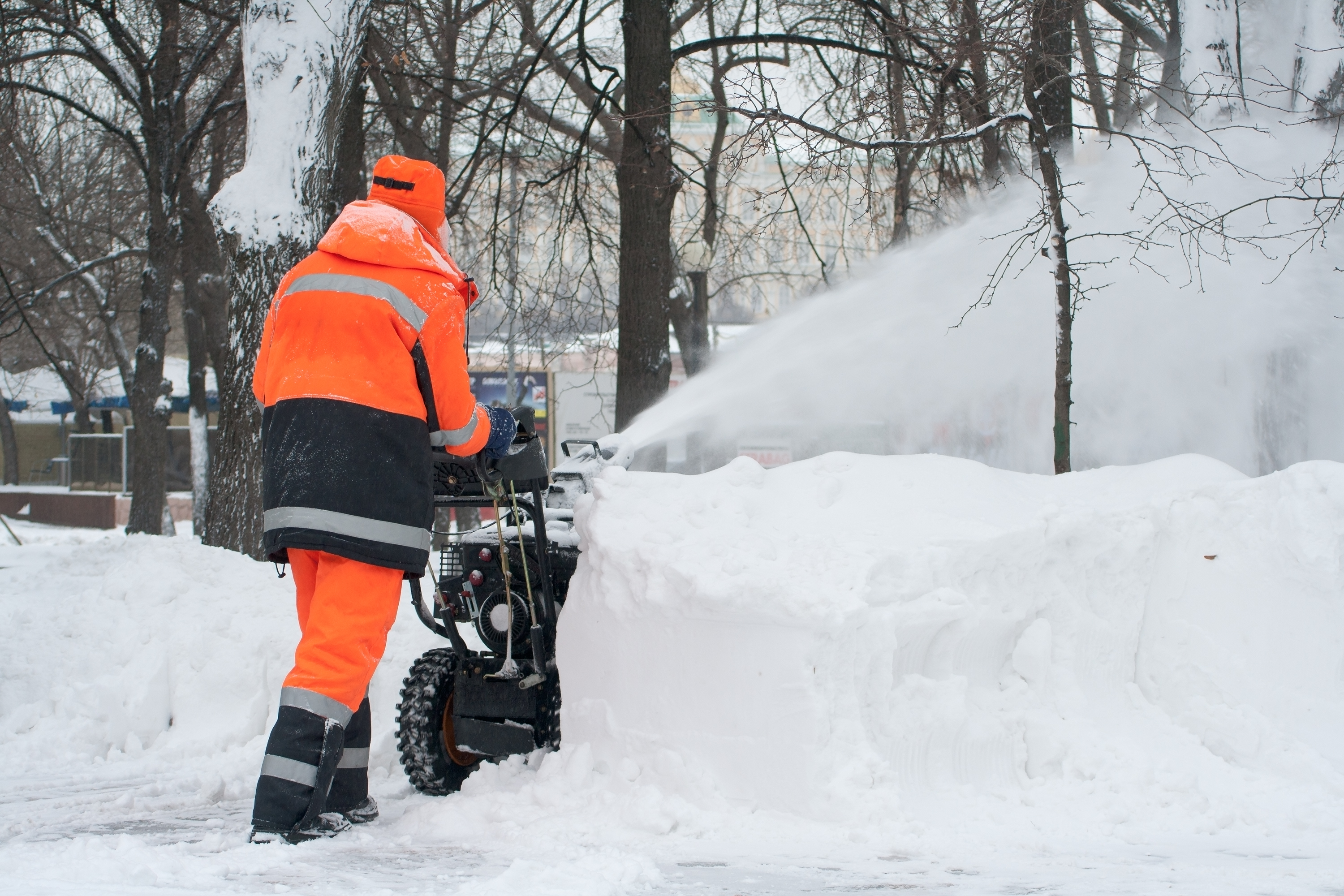Maintaining a steady revenue stream poses a significant challenge for lawn care and landscape business owners operating in four-season climates. The seasonal nature of their primary services can lead to fluctuations in revenue, particularly during the off-season when traditional lawn care activities may be limited.
→ One effective method to keep staff on the payroll during periods of reduced landscaping demand is to expand the service portfolio to include snow removal.
By incorporating snow removal services into their offerings, businesses can capitalize on the unique demands of winter weather, providing a valuable and essential service that sustains revenue and ensures staff's continued employment year-round.
This article takes a deep dive into adding snow and ice removal to your business, from balancing the upfront costs, such as acquiring snow removal equipment, and marketing with the payoff.
Why you should add snow removal services to your landscaping business
Even though grass may stop growing for part of the year, the costs of running a business continue to pile up. Diversifying a landscaping company by adding snow removal services helps owners maintain cash flow year-round.
There is demand for snow and ice removal services whether you serve residential or commercial clients. A landscape company is well-positioned to meet snow-season demand, especially for its existing customers.
In a 2022 Market Impact Study by the Snow and Ice Management Association, around 50% of responding service providers were primarily landscape and lawn companies with seasonal snow removal.
→ The average business that offers year-round services generated one-third of its annual earnings from snow removal revenue.
By offering year-round property management services, landscape and snow removal companies increase customer loyalty and gain more opportunities to attract new customers.
7 best practices for integrating snow removal services
Ready to integrate snow removal services into your business model? Unlike snow and ice, it doesn’t happen overnight. Follow these steps for a successful service line launch.
1. Leverage your existing landscaping client base
Communicate your upcoming snow removal services to your existing client base of homeowners and commercial businesses. If they trust you with their properties for the rest of the year, they’ll likely trust your winter services, too.
Communication methods should include:
Email blasts
Direct mail
Phone calls
Word of mouth from on-site landscape technicians
Promotional material.
You may want to provide a special offer for existing customers to entice them to hire your business for snow removal.
When launching a new service line, customer service is crucial. You want to enhance your customers’ experience so they refer your services and speak highly of your brand.
2. Consider offering seasonal contracts
Commercial and residential snow removal is an unpredictable revenue stream—the earning opportunity varies yearly. Introducing snow removal contracts ensures your company gets paid even when it doesn’t snow.
Contracts are usually established by considering average snowfalls and are set for a few years. This approach balances costs during years with varying snow levels and fosters customer loyalty.
Seasonal contracts benefit the customer by ensuring their snow removal needs are consistently met throughout the winter season and protect them from rising costs year after year.
Read more: How one snow management business stays fully booked and fully staffed
3. Conduct proactive site assessments
Thorough site assessments—including maps and measurements—help plan employee and resource allocation. When conducting a site assessment for snow removal, consider:
Driveway and parking lot size
Walkway locations
Landscape features
Slope gradients
Potential obstacles
Site assessments facilitate accurate quoting, offering pricing transparency based on the intricacies of each property. This builds trust with clients and helps avoid misunderstandings regarding the scope of services and associated costs.
PropertyIntel, part of the Aspire family of software solutions, empowers companies to take precise property measurements, create site maps, and perform takeoffs. For example, a company could create a map of a property owner’s driveway and sidewalk to estimate labor hours and equipment needs for snow removal.
4. Lean on technology for efficiency and optimization
In addition to precise measurements, business management software brings efficiency to all aspects of business, such as scheduling, estimating, employee relations, and invoicing.
With Aspire, sales reps or techs can customize bidding templates to provide a quick estimate. Once estimates are won, the details automatically populate in the drag-and-drop scheduling board, where dispatchers can build routes for the week or month.
Aspire Mobile empowers techs to track, manage, and report time and materials from the field while staying in sync with the office.
→ Landscaping businesses can make informed decisions using real-time data and accurate, immediate job costing to improve sales, productivity, accountability, and profits.
5. Plan for where snow will be stacked and stored
It takes thoughtful planning and clear communication with customers to relocate snow. Choose areas that won't impede traffic or create safety hazards. Consider factors such as proximity to entrances and visibility for drivers and pedestrians to ensure efficient and safe snow storage.
Large snow piles often contain environmental contaminants, such as de-icing salts and chemicals. Store snow on permeable surfaces when possible and avoid drain inlets with melt runoff to minimize environmental impact.
Depending on where you operate, there may be different local laws regarding snow storage for residential and commercial properties. Adhering to these regulations avoids legal trouble while protecting the environment and keeping the community safe.
6. Train your crew on emergency response procedures
While your crew is surely trained to deal with emergencies in the field, they may encounter a new set of hazards with snow, ice, and extreme winter weather.
→ Train your employees on handling various emergency scenarios, including severe snowstorms, equipment malfunctions, and potential injuries.
Review OSHA’s winter weather hazard and precaution guidelines to prepare your team for the snow removal season. In addition to ongoing training, up-to-date first aid certification is required.
7. Review your insurance coverage
In line with additional emergency training, ensure your insurance coverage is adequate for the added liabilities and hazards of snow and ice removal, such as property damage caused when plowing snow on the job site.
→ Even if you already carry the required policies, such as general liability and workers’ comp, you may want to increase your policy limits.
Consult a qualified insurance broker in your area to learn the coverage requirements for additional equipment, such as snow blowers and plows, and get your insurance up to date.
Invest in the right business management platform
Expanding into the snow removal business requires time, resources, and money. However, once up and running, the new winter service line opens doors to new customers and increased cash flow in the winter months.
Business management software capable of scaling into new verticals and service areas empowers landscape professionals to grow efficiently and profitably. Aspire is the only end-to-end business management system for landscaping and lawn care businesses that provides visibility into every aspect of their operations, including new divisions.
Ready to learn how Aspire Software can help your business grow? Book a free demo.










